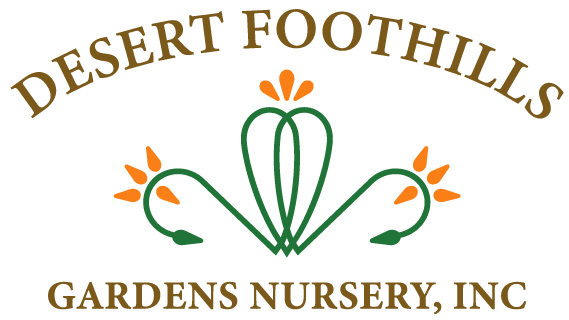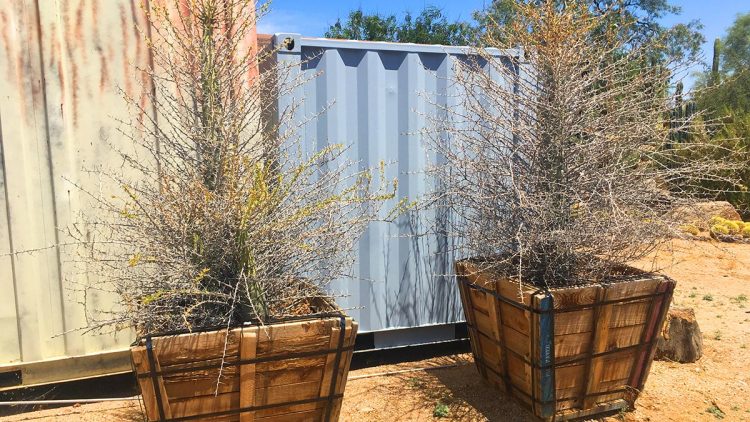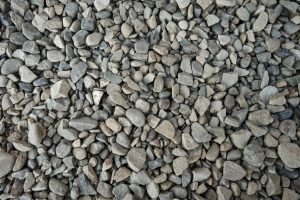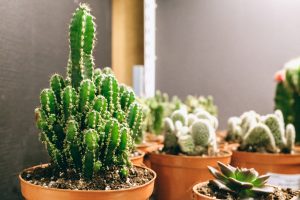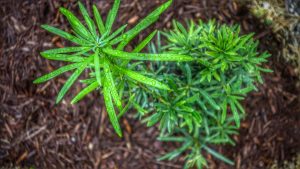Top Xeriscaping Ideas 2026

Xeriscaping is becoming more and more popular as water conservation becomes increasingly essential in Arizona. Xeriscape design isn’t just about bare gravel and few plants anymore in 2026.
Here are some of the best xeriscaping ideas that homeowners are using in 2026 if you’re thinking about changing up your yard this year.
1. Layered Desert Plant Design
Layered planting is one of the most popular new concepts in xeriscaping. Instead of putting plants all over the place, designers utilize a combination of trees, shrubs, accent plants, and ground cover to make the space look deeper and more interesting. Palo verde, desert willow, and mesquite give light shade, and agave, red yucca, and native grasses fill in the bottom strata.
2. Decorative Rock and Gravel Zones
Gravel is still a common material for xeriscaping, but in 2026 it will be used in more inventive ways. Colors and textures that are different from each other help break up big areas and make them look better from the street.
To keep everything looking clean and easy to care for, it’s important to install the weed barrier and edging correctly.
3. Smart Watering and Drip Irrigation
For xeriscaping to work, you need to be able to water your plants well. Drip irrigation systems send water straight to the roots of plants, which cuts down on evaporation and waste. Many houses are using smart controllers with drip systems in 2026.
4. Native and Pollinator-Friendly Plants
Native plants are still the most popular choice for xeriscaping. Plants that are native to Arizona need less water, are easier to care for, and can handle harsh temperatures better. Many people who own homes are also adding plants that are good for pollinators, such as desert marigold, penstemon, and fairy duster, to help bees, butterflies, and birds.
5. Functional Outdoor Living Spaces
Plants aren’t the only thing that xeriscaping is about. More homeowners are building patios, lounging areas, and stone paths that fit in well with the landscape in 2026. Using natural materials like flagstone and pavers makes outdoor spaces functional without using more water.
Let’s Get Rocking!
Desert Foothills Gardens will help you make your yard look better with a beautiful, water-wise landscape. Call Desert Foothills Gardens right away to set up a consultation and start constructing a beautiful, low-water landscape that you’ll love for years to come.
Keywords: xeriscaping ideas 2026, Arizona xeriscape landscaping, desert landscaping design, low water landscape ideas, xeriscape garden installation
Desert Plants For Sale
If you are interested in increasing the beauty of your landscape by buying desert plants, stop by our convenient location at 33840 N. Cave Creek Rd., in Cave Creek. For customers interested in our landscaping services, give us a call at (480) 488-9455 to schedule a visit to your home.
More Articles About Arizona Landscaping
- Tips For Growing Indoor Cactus
- Wood Chips Vs Mulch
- Desert Landscaping Ideas
- 10 Incredible Saguaro Cactus Facts
- Where To Buy Saguaro Cactus
- How To Save A Dying Cactus
- How To Bring A Dead Palm Tree Back To Life
- Landscaping Prices In Arizona
- Landscape Boulders Cost
- How To Take Care Of A Cactus In Arizona | Gardening Tips
- Desert Shrubs
- When are the Saguaro Cactus in Bloom in AZ?
- Mulch vs Compost | Differences
- Garden Soil Vs. Potting Mix | Differences
- What Type Of Water Fountain Should I Buy?
- What is Xeriscape?
- The Benefits of Ground Covering Plants
- Desert Plants
- Common Desert Plants Found in Arizona
- Garden Water Fountains
- Types of Cactus
- Different Types of Water Fountains for Your Garden
- Desert Landscaping Phoenix
- Sonoran Desert Landscape Rocks
- Arizona Xeriscape Gardening
